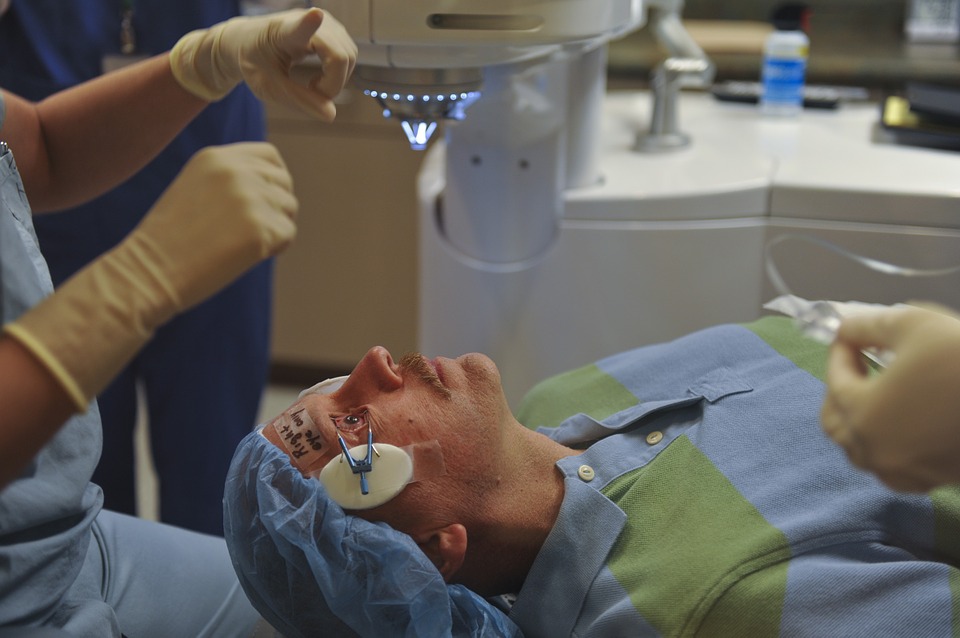Certain surgical procedures can lead to scars. They are often uncomfortable to have and an embarrassment to some patients. A scar can occur through a cut in the skin when the fibrous tissue tries to replace the normal tissue. The process is known as scarring and is part of the healing process. There are many reasons to seek different scar treatment techniques. Ensure you visit a qualified cosmetic surgeon.
There are various types of scars which appear after a surgical procedure. A flat, pale scar occurs immediately the healing process begins. They are usually raised and red in color initially, but they change to pale and flatten. However, the wound is always visible unless treated by a specialized doctor. A stretched scar eventually occurs if the skin is under stress as the scarring process continues. It extends over a large area and forms a thin layer of the skin.
Types of scars
There are other types of scars which can cause a lot of pain to patients because they lead to allergies such as severe itchiness where they occur. Keloid and hypertrophic scars are redder and thicker and are formed through the overproduction of collagen. They may lead to embarrassment for patients who dislike them and discomfort. While scarring is unpreventable after surgery, there are different therapies and treatment which can help minimize how the scarred tissue appears.
It is important to realize that scars take between 6-12 months to fully heal and mature. Scars develop very quickly to form new skin. During this maturation phase, your scar may change color, thickness, width, or itchiness. You should be aware of this and monitor your scar as needed. If you notice a dramatic change or you’re not happy with the way your scar looks, then you should consult your doctor.
Medical attention
As a patie nt, you should know that if you seek medical attention 12 months after the operation, there is usually not much you can do except revise the scar. To revise the scar, a plastic surgeon has to physically cut out the scar tissue. Therefore, non-surgical treatment options should be tried before the scar revision to make your scar look better.
nt, you should know that if you seek medical attention 12 months after the operation, there is usually not much you can do except revise the scar. To revise the scar, a plastic surgeon has to physically cut out the scar tissue. Therefore, non-surgical treatment options should be tried before the scar revision to make your scar look better.
It is important to be patient and not to despair if your scar isn’t looking quite right within the first 6-12 months after your procedure. Scar tissue responds very nicely to non-surgical options within the first 6-12 months after your surgery. Informing your surgeon of time will help prevent further problems with and complications with your scars.…

